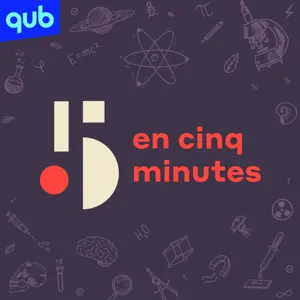Dieser Beitrag führt uns nach Italien. Zuerst nach Florenz, zu Stefano Mancuso, einem international renommierten Neurobiologen, der schon seit Jahren zur Intelligenz von Pflanzen forscht und uns einen neuen Blick auf alles Grüne werfen lässt, und dann nach Mantua zu den Trame Sonore, einem Kammmermusik/festival, das versucht Brücken zu bauen, wo sonst vielerorts in Europa Brücken abgebaut werden.
Stefano Mancuso : Pflanzen/revolution oder die Frage: Was können wir Menschen von Pflanzen lernen?
Stefano Mancuso ist ein international renommierter Pflanzenforscher. Er ist Neurobiologe und Professor an der Universität Florenz wo er das „Laboratorio Internazionale di Neurobiologia Vegetale“ leitet. Mancuso forscht schon seit Jahren zur Intelligenz von Pflanzen und hat viele wissenschaftlich bewiesene Erkenntnisse zur Intelligenz der Pflanzen und auch zu zahlreichen anderen, bisher nicht erkannten Fähigkeiten der Pflanzen veröffentlicht.
Bücher von Stefano Mancuso:
Pflanzenrevolution – Wie die Pflanzen unsere Zukunft erfinden, Übersetzung Christine Ammann. Kunstmann, München 2018
Intelligenz der Pflanzen (mit Alessandra Viola), Übersetzung Christine Ammann. Kunstmann, München 2015
“Trame Sonore” – Mantova Chamber Music Festival – Musik und zwischen der Musik bildende Kunst und Architektur.
„Die Perfektion die, so viele Menschen begeistert, interessiert mich nicht. Das, was wichtig ist in der Kunst, das ist selbst zu vibrieren und andere zum vibrieren zu bringen.“ (George Enescu)
Wer neugierig geworden ist sollte sich auch unbedingt einen visuellen Eindruck holen! Hier sind zwei Links:
Mantova Chamber Music Festival, “Trame Sonore 2018:
https://www.youtube.com/watch?v=jW6JOZE4IdY
Jonian Ilias Kadesha:
https://www.youtube.com/watch?v=e-drH-qsGqc










